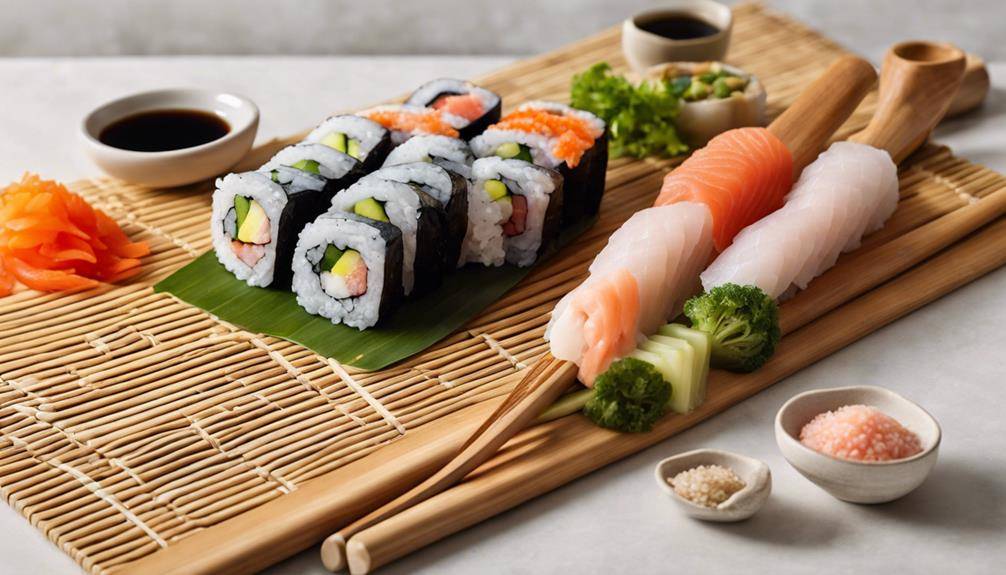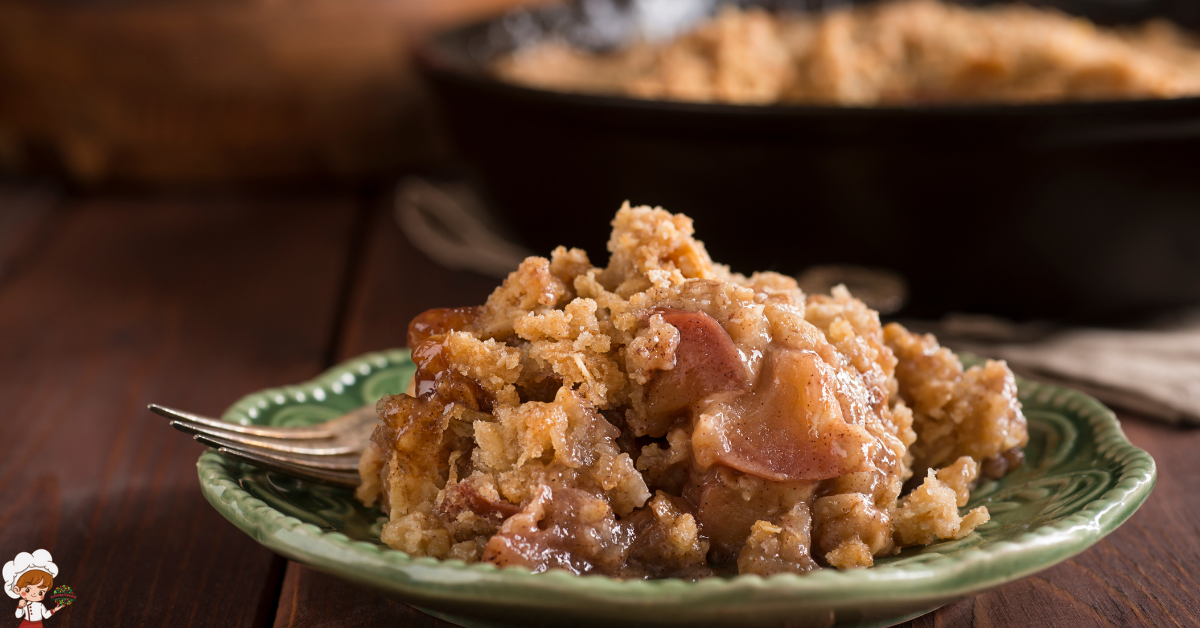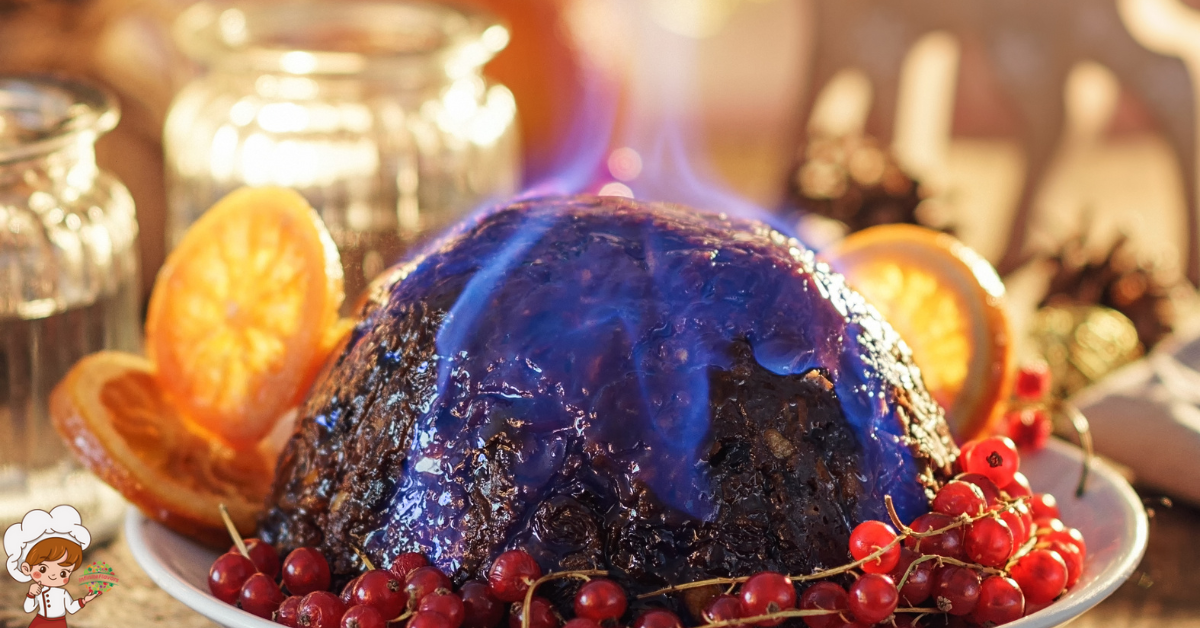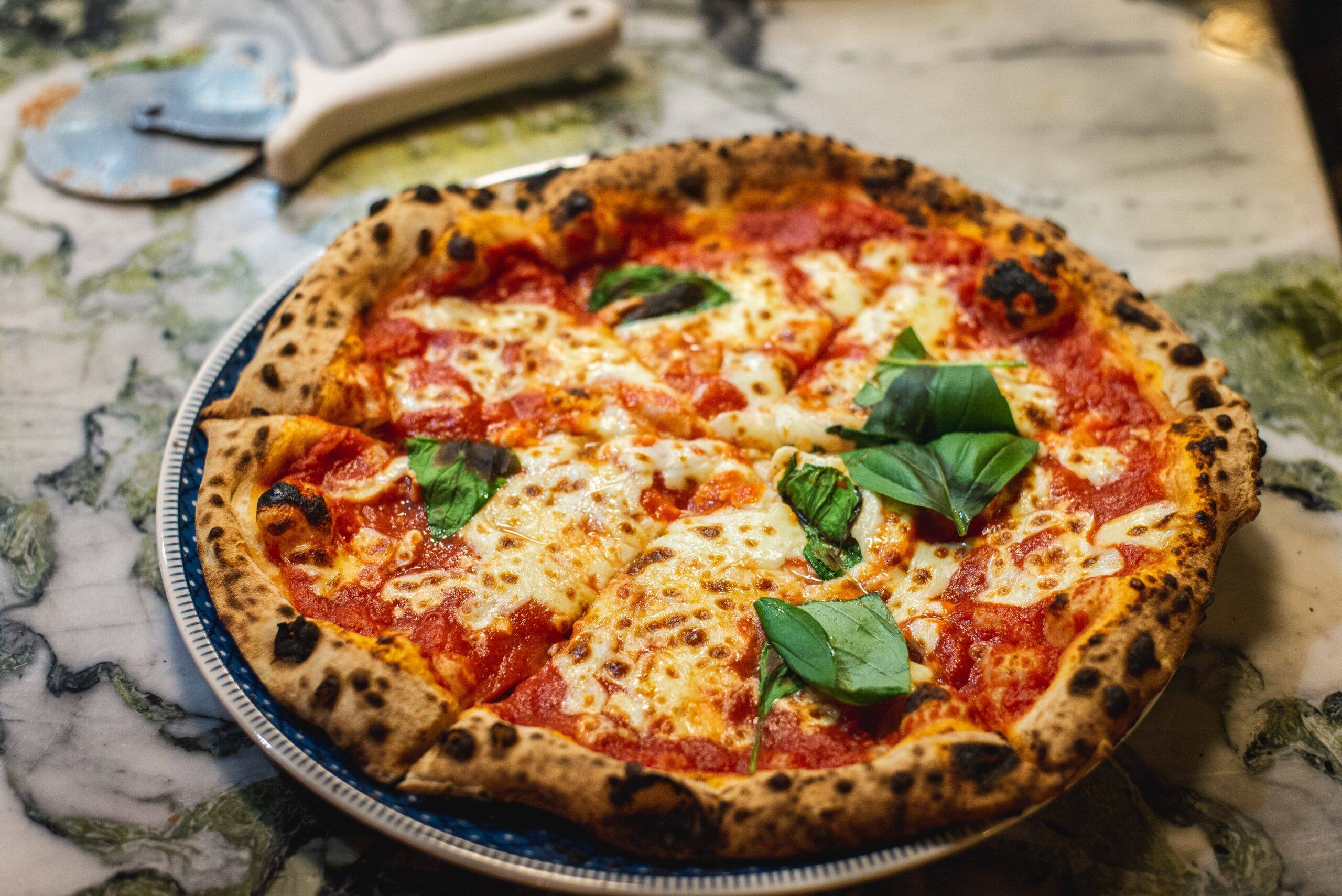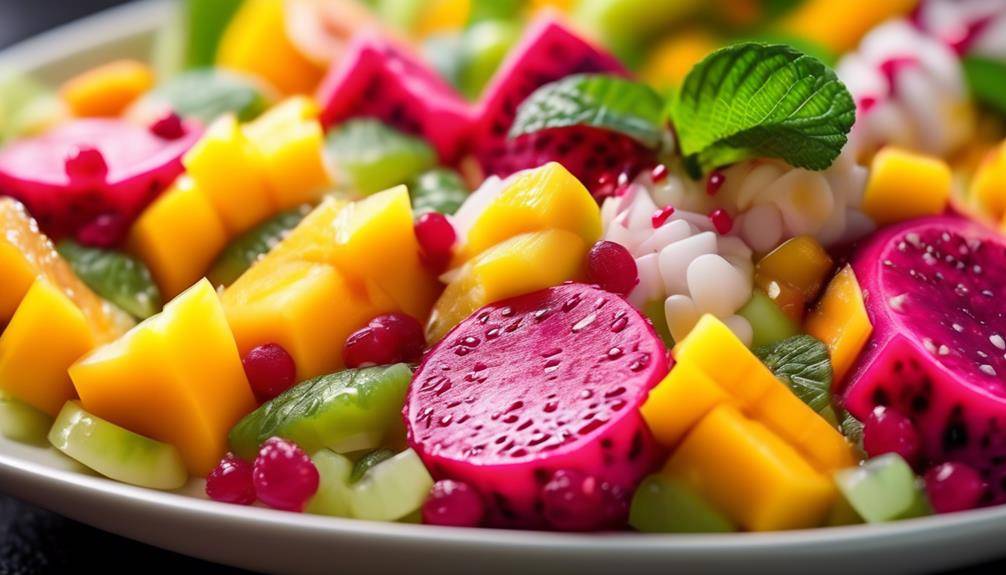How To Avoid Grilling Mistakes
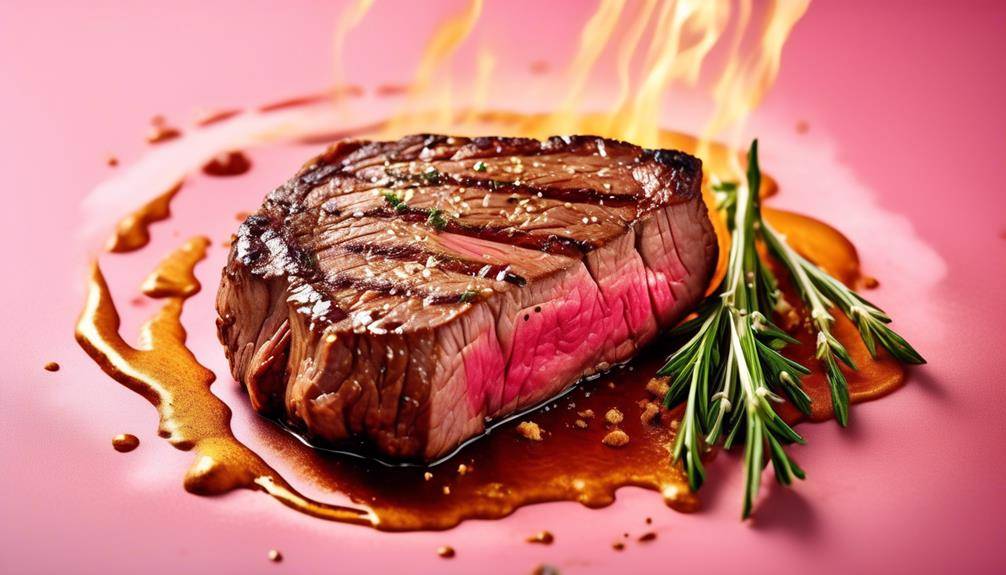
How To Avoid Grilling Mistakes; When it comes to grilling, you want to make sure you’re doing it right. Choosing the right cuts of meat, preparing the grill properly, and mastering temperature control are all essential steps to avoid any grilling mishaps. But that’s not all! There are other common grilling pitfalls that you need to be aware of in order to achieve the perfect, mouthwatering results you desire. So, let’s dive into the world of grilling and uncover the secrets to avoiding those dreaded grilling mistakes.
Choosing the Right Cuts of Meat
When it comes to grilling, selecting the right cuts of meat is crucial for achieving the most flavorful and tender results. A well-marbled steak or a juicy chicken breast can make all the difference in your grilling experience. To ensure you choose the best cuts, it’s essential to understand the different characteristics of each type of meat.
When it comes to beef, the most popular cuts for grilling are ribeye, sirloin, and tenderloin. Ribeye is known for its rich marbling, which adds flavor and juiciness to the meat. Sirloin is a leaner cut, but still tender and flavorful when cooked properly. Tenderloin, often called filet mignon, is the most tender cut of beef and is perfect for those looking for a melt-in-your-mouth experience.
For chicken, boneless, skinless chicken breasts are the go-to choice for grilling. They cook quickly and can be easily flavored with various marinades. If you prefer dark meat, chicken thighs are an excellent option. They have a higher fat content, which makes them more forgiving on the grill and results in a juicy and flavorful outcome.
When it comes to pork, the most popular cuts for grilling include pork chops and tenderloin. Pork chops are versatile and can be grilled to perfection in a matter of minutes. Pork tenderloin, on the other hand, benefits from marinating techniques to enhance its tenderness and flavor.
To make your grilling experience even better, consider investing in some essential grilling accessories. A good quality meat thermometer is a must-have to ensure your meat is cooked to perfection. Additionally, a sturdy pair of tongs, a grill brush, and a meat tenderizer can make your grilling process more efficient and enjoyable.
Preparing the Grill for Success
To ensure a successful grilling experience, it is essential to properly prepare your grill. This involves cleaning the grill and preheating it before you start cooking. Cleaning the grill is an important step because it helps to remove any leftover food particles and grease that may have accumulated from previous grilling sessions. This not only improves the taste of your food but also prevents flare-ups and reduces the risk of food sticking to the grates.
To clean your grill, start by removing the grates and scrubbing them with a wire brush to remove any stubborn residue. Then, use a grill cleaner or a mixture of warm soapy water to clean the inside and outside of the grill. Rinse everything thoroughly and dry it with a clean towel before putting the grates back in place.
Once your grill is clean, it’s time to preheat it. Preheating is important because it allows the grill to reach the desired temperature for cooking. To preheat your grill, turn the burners to high and close the lid. Let the grill heat up for about 10-15 minutes until it reaches the desired temperature. This not only helps to ensure even cooking but also helps to sear the food properly, locking in the flavors and juices.
Mastering the Art of Temperature Control
With a clean and preheated grill, you are now ready to master the art of temperature control for optimal grilling results. Maintaining consistent heat is crucial when it comes to grilling. The key is to have control over the temperature throughout the cooking process. To achieve this, you can use both direct and indirect grilling methods.
Direct grilling is when you place the food directly over the heat source. This method is ideal for cooking thinner cuts of meat or vegetables that cook quickly. To control the temperature, you can adjust the heat by moving the food closer or farther away from the heat source. This way, you can ensure that your food is cooked evenly without burning or undercooking.
On the other hand, indirect grilling is perfect for larger cuts of meat or foods that require longer cooking times. To use this method, you need to create heat zones on your grill. You can do this by placing the charcoal or burners on only one side of the grill, leaving the other side without direct heat. By placing the food on the side without direct heat, you create an indirect cooking environment, allowing the food to cook slowly and evenly. This method is great for achieving that tender and juicy texture in your meats.
Timing Is Everything: Knowing When to Flip
Knowing the perfect moment to flip your food is essential for achieving that deliciously grilled exterior and tender interior. Flipping techniques play a crucial role in ensuring that your food cooks evenly and develops that desirable charred crust. As a seasoned griller, you understand the importance of timing and precision in achieving the best results.
When it comes to flipping, there are a few key tips to keep in mind. Firstly, resist the temptation to flip your food too early. Patience is key here. Allow the heat to work its magic, creating those beautiful grill marks and sealing in the juices. Be attentive, but avoid constantly prodding and flipping your food, as this can disrupt the cooking process and prevent proper caramelization.
Another important aspect to consider is the thickness of your food. Thicker cuts, such as steaks or chicken breasts, may require a longer cooking time before flipping. This allows for sufficient browning on one side before turning it over. Thinner cuts, like fish fillets or vegetables, may require a quicker flip to prevent overcooking.
Lastly, remember the importance of resting your food after grilling. Resting allows the juices to redistribute, resulting in a more tender and flavorful final product. As a general rule, give your food a few minutes to rest before serving. This time also allows for carryover cooking, where the internal temperature continues to rise slightly even after being removed from the grill.
Avoiding Common Grilling Pitfalls
One common grilling pitfall to avoid is rushing the preheating process. Properly preheating your grill is crucial for achieving the perfect cook on your meats and vegetables. When you rush the preheating process, you risk unevenly cooked food and a lack of flavor development.
To properly marinate your meats, it’s important to plan ahead. Allow enough time for the marinade to penetrate the meat and infuse it with flavor. Ideally, meats should be marinated for at least 30 minutes, but some cuts may benefit from marinating overnight. Remember to refrigerate the marinating meat to prevent bacterial growth.
Using the right grilling techniques for vegetables is equally important. Before grilling, make sure to properly clean and dry your vegetables. This will help prevent sticking and ensure even cooking. For smaller vegetables like cherry tomatoes or sliced zucchini, consider using a grilling basket or skewers to keep them from falling through the grates.
When grilling vegetables, it’s best to use direct heat for quick cooking and to retain their natural crunchiness. However, if you prefer a softer texture, you can also use indirect heat. Just remember to keep a close eye on them to prevent overcooking.
How To Avoid Grilling Mistakes; Frequently Asked Questions
What Are Some Common Mistakes to Avoid When Choosing the Right Cuts of Meat for Grilling?
When choosing the right cuts of meat for grilling, common mistakes can include not considering the thickness of the meat, selecting tough cuts, or forgetting to remove excess fat.
How Can I Ensure That My Grill Is Properly Prepared for Success Before Cooking?
To ensure your grill is properly prepared for success, follow a pre grilling checklist. Make sure you have essential grill accessories like tongs, a meat thermometer, and a clean grill grate.
What Are Some Tips for Mastering Temperature Control on a Grill?
To master temperature control on your grill, start with grill maintenance. Clean the grates and check for any blockages. Invest in the best grilling tools, like a reliable thermometer, to ensure precise cooking every time.
How Do I Know When It’s the Right Time to Flip My Meat While Grilling?
When grilling meat, it’s crucial to know when to flip it. Achieving the perfect grill marks requires timing and precision. Wait until the meat easily releases from the grill, then flip it once for even cooking.
What Are Some Common Grilling Pitfalls That I Should Be Aware of and Avoid?
Avoiding common grilling pitfalls is crucial for a successful cookout. By mastering grilling techniques and knowing marinade secrets, you can prevent burning, overcooking, and unevenly cooked meat, ensuring a delicious meal every time.
Conclusion
In conclusion, mastering the art of grilling requires a knowledgeable and experienced approach. By choosing the right cuts of meat, preparing the grill properly, and mastering temperature control, you can avoid common grilling mistakes. Timing is also crucial, knowing when to flip the meat ensures a perfectly cooked result. With these tips in mind, you can confidently grill delicious meals and avoid any pitfalls that may arise. Happy grilling!



